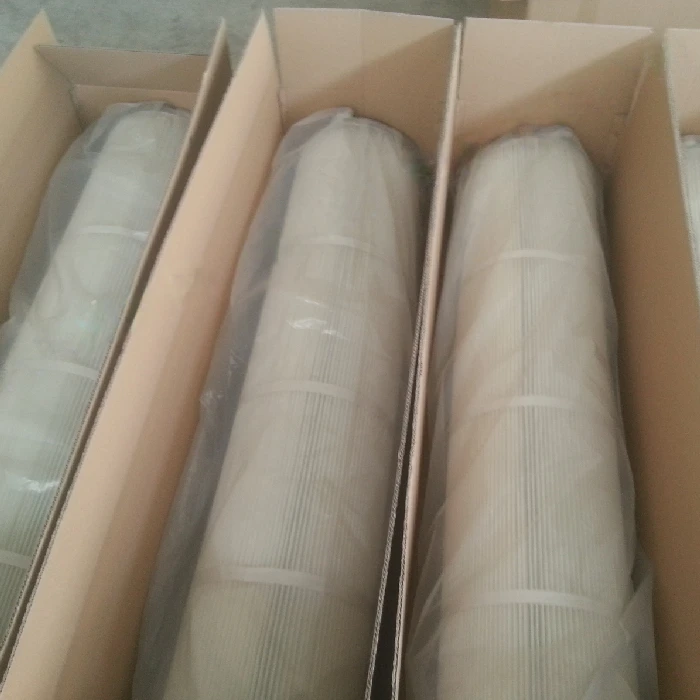Nov . 29, 2024 18:27 Back to list
reflective float glass
The Wonders of Reflective Float Glass
Reflective float glass has become a staple in modern architecture and design, offering not only aesthetic appeal but also functional benefits. This remarkable material combines the clarity of traditional float glass with a reflective coating, resulting in a product that transforms both interior and exterior environments. This article explores the properties, benefits, applications, and production process of reflective float glass, highlighting its significance in contemporary construction and design.
Understanding Reflective Float Glass
Reflective float glass starts as standard float glass, which is produced by floating molten glass on top of molten tin. This process results in a smooth, uniform surface and excellent optical quality. The reflective aspect is achieved by applying a thin metallic coating to one side of the glass. This coating reflects light, thus reducing solar heat gain and glare while allowing for visibility from the inside out.
The most common reflective coatings are made from silver or aluminum, offering varying degrees of reflectivity and aesthetic finishes. The level of reflectivity can be tailored to meet specific needs, whether for energy efficiency, privacy, or visual appeal. The glass can also be tinted to enhance its performance and appearance, making it an incredibly versatile material.
Benefits of Reflective Float Glass
One of the primary benefits of reflective float glass is its energy efficiency. By reflecting a significant portion of solar energy, it helps to regulate indoor temperatures, which can reduce reliance on air conditioning systems. This not only leads to cost savings on energy bills but also contributes to a smaller carbon footprint, making it an eco-friendly choice for building projects.
Another advantage is the enhanced aesthetic quality it brings to buildings. Reflective glass can provide a sleek and modern look that complements various architectural styles. By reflecting the surrounding environment, the glass creates a dynamic visual experience that can change throughout the day with varying light conditions. This aspect is particularly appealing for commercial buildings, where a striking façade can attract customers and create a memorable impression.
Moreover, reflective float glass improves privacy
. While allowing natural light to enter, its reflective properties prevent visibility from the outside, ensuring that occupants can enjoy their spaces without being overlooked. This quality makes it particularly well-suited for office buildings, hotels, and residential complexes, where privacy is often a concern.reflective float glass

Applications in Architecture and Design
Reflective float glass is widely used in various applications. In commercial architecture, it is frequently employed for glazing on office buildings, shopping centers, and hotels. Its energy-efficient properties contribute to building ratings such as LEED (Leadership in Energy and Environmental Design), making it an attractive choice for environmentally-conscious developers.
In residential settings, reflective float glass can be used for windows, patio doors, and even skylights. The balance of natural light and privacy it provides creates comfortable and inviting living spaces. Glass balustrades and railings made from reflective float glass add a contemporary touch, while also ensuring safety without obstructing views.
Additionally, interior designers are increasingly utilizing reflective float glass in furniture and decorative elements. Mirrors, tabletops, and partitions can benefit from the reflective quality, enhancing light in interiors and creating an illusion of more space.
Production Process
The production of reflective float glass involves several stages to ensure quality and performance. After the initial float glass is created, it is meticulously cleaned and inspected. The metallic coating is then applied using a vacuum deposition process, which allows for a precise layer of metal to be adhered. This step is crucial for achieving the desired reflective properties and durability.
Finally, the coated glass is cut and treated to meet specific size and thickness requirements. Quality control measures are implemented throughout the production process to ensure that the final product meets industry standards for safety and performance.
Conclusion
Reflective float glass represents the intersection of form and function in modern construction and design. Its energy efficiency, aesthetic appeal, and versatility make it an ideal choice for a range of applications. As architects and designers continue to seek sustainable solutions that do not compromise on style, reflective float glass will undoubtedly remain a cornerstone of innovative design in the years to come. Embracing this material not only enhances the beauty of our built environments but also promotes a more energy-conscious approach to architecture.
-
Safety and Style with Premium Laminated Glass Solutions
NewsJun.24,2025
-
Reinvents Security with Premium Wired Glass
NewsJun.24,2025
-
Premium Float Glass Line for Modern Architecture
NewsJun.24,2025
-
Low Emissivity Glass for Energy-Efficient Architecture
NewsJun.24,2025
-
High-Performance Insulated Glass Solutions for Modern Architecture
NewsJun.24,2025
-
Elevates Interior Style with Premium Silver Mirror
NewsJun.24,2025
Related PRODUCTS














